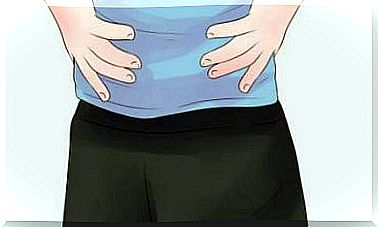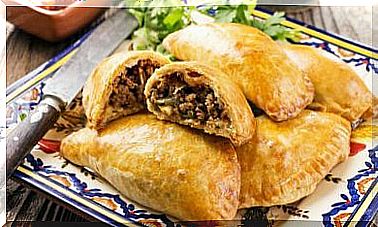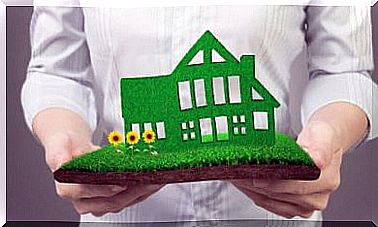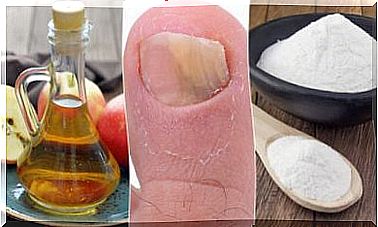6 Signs Of Fatty Liver
Fatty liver often develops in obesity, high cholesterol or high blood pressure. While it is not easy to recognize this disease, there are several pointers to be aware of.
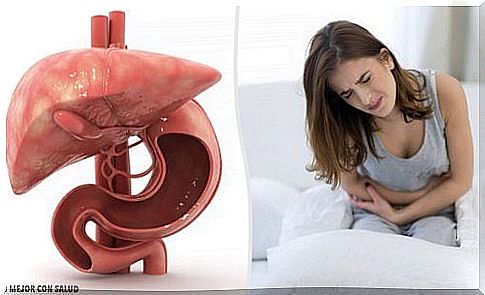
In the professional world, this disease is also known as steatosis hepatis. Causes for this can be too much alcohol or the metabolic syndrome, for example. In today’s article, you’ll find 6 signs of fatty liver disease.
You should get to the bottom of them if you see them on you.
What is fatty liver?
It is the most common chronic liver disease in Germany. In the process, fats are stored in the liver, with different degrees of severity of the disease depending on the degree of obesity .
Fatty liver often develops together with obesity, high cholesterol levels or high blood pressure. Because if there is too much fat in the organism, it is stored in various organs.
The liver fulfills vital tasks : For example, it produces proteins, regulates fat metabolism, cleanses the blood of harmful substances and controls the household of amino acids. Taking care of the liver is therefore of the utmost importance to health.
Several factors increase the risk of fatty liver disease:
- Middle-aged women are more likely to get it
- Obesity
- Patients with diabetes or high cholesterol
- Unhealthy eating habits
- Alcohol addiction
Signs of a fatty liver
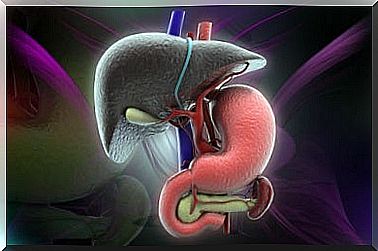
Fatty liver usually develops insidiously and is asymptomatic in the early stages. This is why this disease is often recognized late. The following examinations are used for diagnosis:
- Blood analysis (to check the level of transaminases)
- Ultrasound (the fatty liver is clearly lighter and larger in the picture)
- Biopsy (to determine the stage)
A variety of symptoms may be seen in some patients, and although there may be other causes, they should definitely be investigated further to clarify.
1. Abdominal pain as a sign of fatty liver disease
If the pain is in the middle of the upper abdomen, it could be a sign of fatty liver. Often there is stabbing pain after eating as the stomach expands and presses on the enlarged liver.
2. Bloated stomach as a sign of fatty liver

Ascites, also known as a water belly, causes fluid to build up in the peritoneal cavity (in the abdomen), which is often caused by liver disease.
Symptoms include gas, indigestion, lower back pain, and difficulty breathing.
It can also lead to edema in the ankle area.
3. Indigestion as a sign of fatty liver disease
If all foods, regardless of whether they are unhealthy or not and regardless of the quantity, lead to indigestion, gas formation or nausea, liver disease could be present.
Fatty liver is often discovered because people with digestive problems go to the doctor and the actual problem is determined through appropriate examinations.
4. Fatigue as a sign of fatty liver disease

When the liver is not performing its functions properly, the metabolism slows down. This is also the case with malfunctions in other organs, because the organism tries to protect itself by pumping less blood through the vessels.
This in turn can lead to inexplicable fatigue, difficulty concentrating, confusion, exhaustion or lack of energy. As a result, those affected often lose interest in activities that they previously enjoyed and prefer to sleep late.
5. Dark urine as a sign of fatty liver
The urine can also provide information about various complaints or diseases. It should not be forgotten that this drains pollutants and residues from the body.
With fatty liver, the urine is usually darker, but this changes over the course of the day (in the morning the urine is usually darker, but then it becomes lighter and lighter).
In addition, there may be changes in the stool: The stool is often whitish or lighter than usual.
6. Skin changes as a sign of fatty liver

Jaundice can also be a symptom of fatty liver disease. The skin and mucous membranes turn yellow as the bilirubin level increases in the tissue. It can also be caused by the destruction of red blood cells or a problem with the gallbladder.
Other skin changes that can be caused by fatty liver are: pale neck and armpits, broken veins on the face, red palms or spider veins on the back, chest and shoulders. White spots may appear under the nails.
Diet and Fatty Liver
If fatty liver is diagnosed, appropriate treatment must be instituted. In addition to medication, it’s essential to maintain a low-fat diet and get enough exercise.
These recommendations can help:
1. Reduce industrially manufactured products

This group includes, for example, baked goods made from white flour and with white sugar. Instead, opt for whole grains that are best made by yourself to avoid harmful ingredients.
2. Mediterranean diet
The Mediterranean diet is one of the healthiest forms of nutrition because it consists of many low-fat foods, but also contains healthy fats such as olive oil.
3. Refrain from alcohol

Alcohol is one of the liver’s greatest enemies. Excessive alcohol consumption can cause not only fatty liver but also cirrhosis of the liver.
4. Refraining from certain medications
In this case, you should discuss with your doctor which drugs are necessary or which drugs can be replaced by liver-friendly drugs. You should avoid pain relievers, hormone therapy with estrogen, and anti-inflammatory drugs as much as possible.
Consult your doctor!
5. Do sports
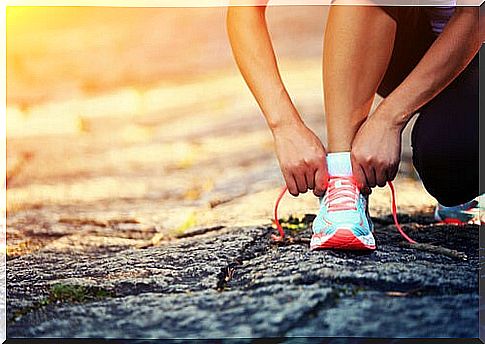
Sport is a very important friend of your health! Exercise is also particularly important in liver disorders. You can walk in the park every day, take your dog for a walk, cycle and swim.
Choose the sport that you like the most or alternate with different types of exercise.
You should then exercise at least three times a week!
